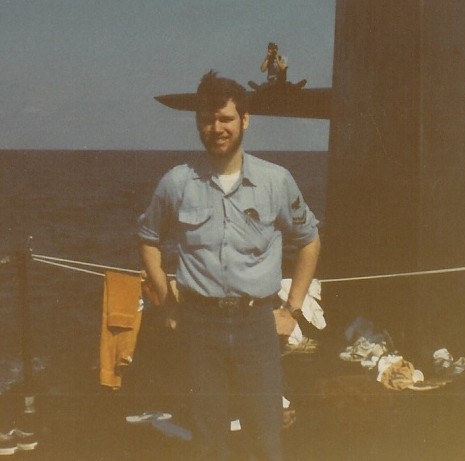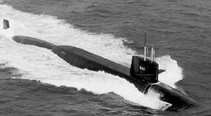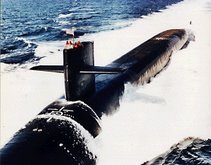This week U.S. continues to try to corner Iran at the UN on its nuclear ambitions. Diplomatic maneuvers in the UN may bring about a resolution imposing sanctions and opening the option of military action. At issue is Iran’s continued defiance to end uranium enrichment a key step in acquiring the ability to produce nuclear weapons.
On April 11 Iranian leaders celebrated their successes in uranium enrichment with a ceremony that was oddly reminiscent cold war megalomaniac states antics, video link here. They even produced a soviet style propaganda film on April 12th touting the state’s nuclear projects, video link here.
Then on April 17 Iranian Army Chief of Joint Staff General Abdorrahim Musavi claimed the following on Iranian TV: "We make our submarines ourselves, and we make them in a way that will serve us in battle with the enemy... with America. In other words, these vessels are not the kind about which the other side gets information even before us. We work on equipment that is locally made, and which is compatible with our own tactics and training.” Memri.org video link here and found on YouTube below:
Indeed Austin Bay speculates on his blog that Iran’s main strategy, if U.S. military action should occur, is to shut down the strategic choke point Strait of Hormuz to shipping. Austin Bay questions possible tactic of an Iranian “submarine bastion” below:
A large torpedo hit below the waterline is a big threat. The US Navy has devoted a lot of thought and training time to countering Iran’s diesel submarines, including submarines operating from “submarine bastions.” A US Navy reader might send me an “official definition” of a sub bastion, but here’s my on-the-fly description. A sub bastion is an undersea area surrounded by mines and sensors, usually located in coastal waters. The sub hides inside the “bastion” — waiting to take a shot (with torpedoes or anti-ship missiles) at ships approaching the bastion or attempting to sweep the mines. A bastion-builder like Iran could site anti- aircraft missiles on land to protect the bastion from anti-submarine warfare aircraft. Yes– a sub inside a bastion is operating in a restricted space, but the sub is “quiet and floating” –making it more difficult to detect. The bastion-builder might even have a few “decoy” subs in the bastion — electronic devices or even ballasted metal tanks that fake a submarine’s operating signatures. The odds are very good that US Navy or Royal Navy anti-submarine hunters will eventually find and kill the sub inside the bastion; but the bastion defense makes the hunt riskier and potentially expensive. Sinking a US Navy capital ship gives Iran a propaganda victory. A slick diesel sub commander operating in a coastal bastion will undoubtedly have several “paths of retreat” to a cove or harbor. The gambit here would be to frustrate coalition sub hunters as long as possible, draw them into the bastion’s minefields, draw surface craft into an anti-ship missile ambush (or aircraft into a SAM ambush) then pull out and live to fight another day.
Just threatening to close the Straits spikes oil prices and raises marine insurance rates — which are diplomatic victories of a sort for Tehran’s mullahs.
When interviewed recently one W. Patrick Lang, formerly the chief Middle East analyst at the Defense Intelligence Agency remarked of possible Iranian attempt to shut down the Strait of Hormuz “Iran might surprise the U.S. by sinking a tanker in the gulf or something and then the U.S. Navy would beat the bejesus out of them, but they could cause a spike in oil prices for a month or two”.
Conventional wisdom appears to be that in a hot conflict the Iranian submarine strategy of area denial would be a shot term propaganda victory at best but more likely a series of failed martyrdom operations. Surface and subsurface ASW operations could be difficult in the short term but given the operational constraints of Iran’s conventional submarines (endurance and range) time and technology would be in the U.S. Navy’s favor.
Sunday, May 07, 2006
Subscribe to:
Post Comments (Atom)









No comments:
Post a Comment